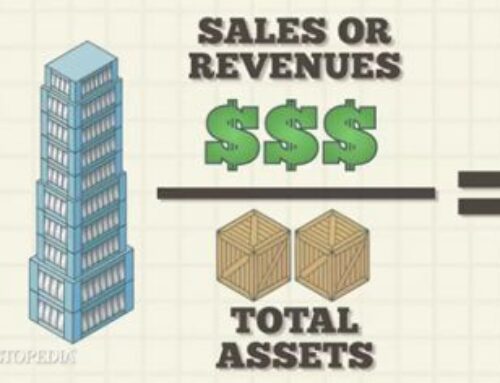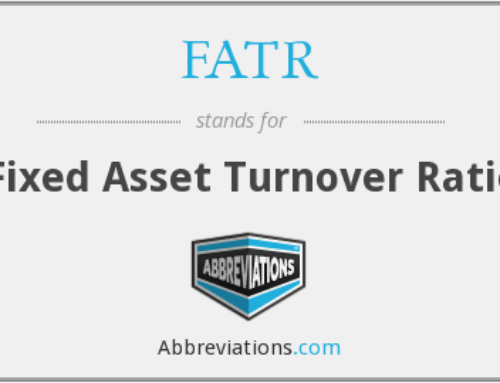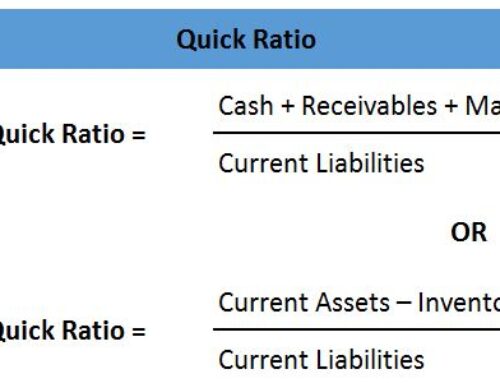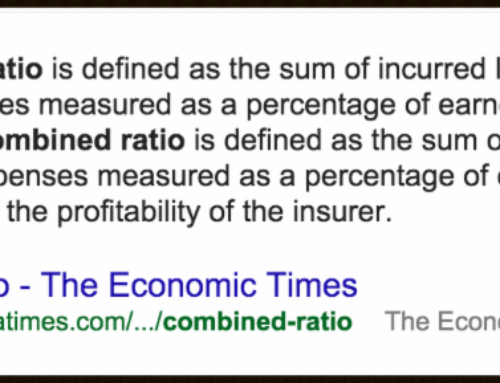Assets are for what company can be identified. There are many things you can add under the head ASSETS. From Prepaid expenses to Cash, Bank balance to short-term investments to Plant and machinery to goodwill. Up to a specific limit, those are the same in all companies but not all. You cant see large machinery in a trading company. The assets for banks and assets for the Insurance company are also different, and so Does one holding company. That is the factor directly or indirectly deciding what a company will earn. Obsolete assets will hardly make anything for the company. Let it be an Outdated patent for a pharma company, an Outdated list of customers’ email IDs for a company like Amazon or the plant in which life is finished, or a mine where the cost of drilling ore is enormous. The life of the asset can be different. It can be three years, five years to 50 years. It can change also. Like Well, maintained ships can make more money for transport and shipping companies than their life. For that, the company needs to revise and change the accounting life of the asset. The issue is not that.
The important thing here is that assets are essential for the company, and a cost is attached. So let it be leased assets or in-house developed or like patent bought or acquired like Motorola and Lenovo.
This ratio plays a key role for me while I analyze a company. First, it shows me what is happening in the company. Though not ultimately, it often leads me to what is happening with the company and its leverage.
This ratio will tell you some critical things if you analyze it in trend. As most of the time, the balance will look like increasing as the depreciation will continuously decrease the value. If there is any change in trends, a sudden colossal decrease means that the company is buying a new asset or capital work in progress. On the other hand, a sudden increase in ROA means the company sold some assets.





